Bologna, Rimini, Ferrara
March 2008
Having "done" Venice - http://homepage.mac.com/tedwelch/venice and Florence - http://www.eurotrib.com/story/2008/1/24/20310/9033 , this time we went to Bologna, Ferrara and Rimini. 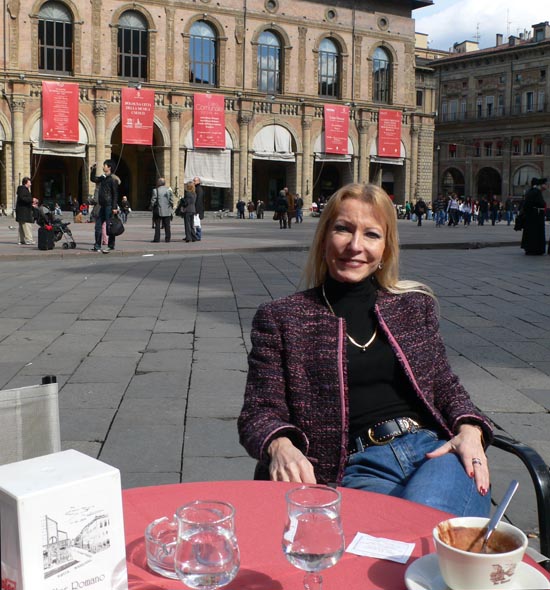
M in Piazza Maggiore, Bologna.
"La rossa"
I'd been to Bologna a couple of times already and I like it that it's not for us, i.e. tourists. The city is quite prosperous and was run by communists for many years, who focused on the needs of the citizens. Collective attitudes and values permeated the culture; I remember visiting a photo exhibition there and, instead of the usual displays of individualism, it was a group project on aspects of the city - solidarity comrades.
"The red one" (la rossa) originally refers to the colour of the roofs in the historic centre [of Bologna], but this nickname is also connected to the political situation in the city, started after World War II: until the election of a centre-right mayor in 1999, the city was renowned as a bastion of socialism and communism. The centre-left regained power again in the 2004 mayoral elections, with the election of Sergio Cofferati. It was one of the first European towns to experiment with the concept of free public transport for all.
http://en.wikipedia.org/wiki/Bologna
Bologna station bombing, Gladio, the "war on terror"
Bologna paid heavily for its left-wing reputation and this is linked to the current "war on terror". My arrival by train in 1981 was rather disconcerting, because I noticed a monument in the station and realised it was dedicated to those killed in the bomb attack on the station which had taken place a year before - to the day! 85 people had been killed, 200 wounded:
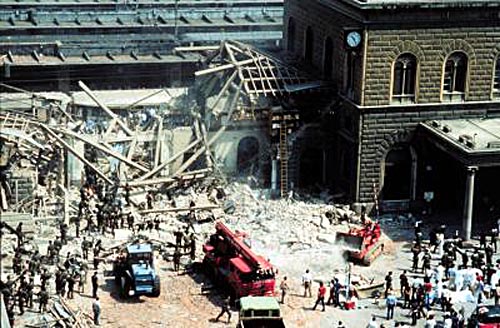
The Italian Government led by Prime Minister Francesco Cossiga first assumed the explosion to have been caused by an accident, but within a short time the militant Red Brigades were made responsible for the terrorist attack. Later, in a special session to the Senate, Cossiga supported the theory that neofascists were behind the attack, "unlike leftish terrorism, which strikes at the heart of the state through its representatives, black terrorism prefers the massacre because it promotes panic and impulsive reactions."
...
Some suspected that the Gladio network had been at least partially involved.
http://en.wikipedia.org/wiki/Bologna_massacre
Cf.:
The Gladio plan, rooted in Cold War logic, called for the creation of “stay-behind” secret service armies created to harass communist governments in the event they took control of a NATO state. Andreotti himself confirmed the existence of such an agency in 1990, though he claimed ignorance of its operations. The aim of the Gladio project in Italy was to use any and all means to stop communist growth. Those who believe in Gladio’s strategies — most are dismissed as conspiracy theorists — believe its agents were behind the Bologna bombings. They suggest the convicted rightist bombers were pawns in an ongoing game to frame the Italian left — which in fact gradually lost its influence and faded from view as a governing force after 1989. Gladio remains active, they say, but concentrates its energies on demonizing Muslims, hoping Western states will turn reactionary, and ultimately Fascist, to rein in the threat.
http://www.theamericanmag.com/article.php?show_issue_id=17
Cf.: More background
"La dotta"
During my first visit the contrast with Florence was striking; while Florence’s main square was filled with expensive cafes and tourists, in Bologna’s Piazza Maggiore there were a couple of cafes with very reasonable prices and old men standing in groups and discussing animatedly. It is also a university city, the oldest in Europe, founded in 1088 and now spread throughout the city. One of the city's nicknames is "la dotta" - the learned:
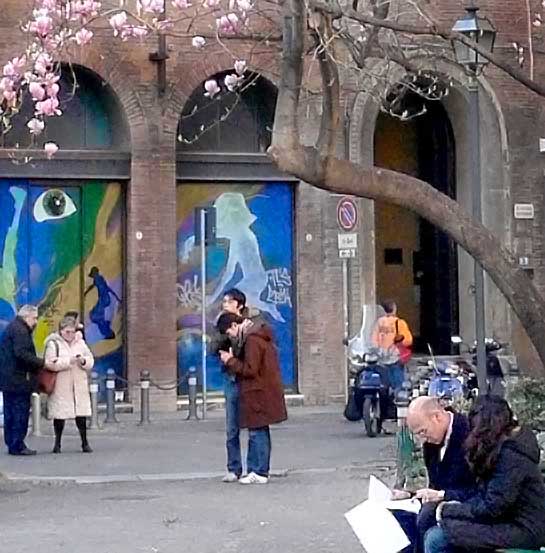
I liked this very Italian atmosphere and was glad that M liked it too. The cafes are a bit smarter now, but it hasn't changed much:
'In a neighbourhood trattoria, over a plate of frittura mista, Umberto Eco is giving serious thought to the question of why Bologna - perhaps Italy's most dynamic city - is not a magnet for tourists.
"It's all texture and no excrescence", he decides. In other words, it is a city of communal spaces, arcades, bars, shops, a city whose sightlines are designed to meet shopfronts, café tables and other people's eyes, rather than to gaze admiringly at showpiece monuments like the Tower of Pisa. "OK, so Bologna has two leaning towers, but they're hemmed in by other buildings...".'
Bologna

I had to stand on a traffic island at a busy junction to get this shot.
"La grassa"
'Also, it has long been a city that didn't need tourists. A mercantile centre with one of the highest per capita incomes in Italy, Bologna is known to envious outsiders as "la Grassa", the fat one. There is no doubt that the bolognesi are good eaters - and drinkers - but this is just one outward sign of their joy in the here and now.
Bologna
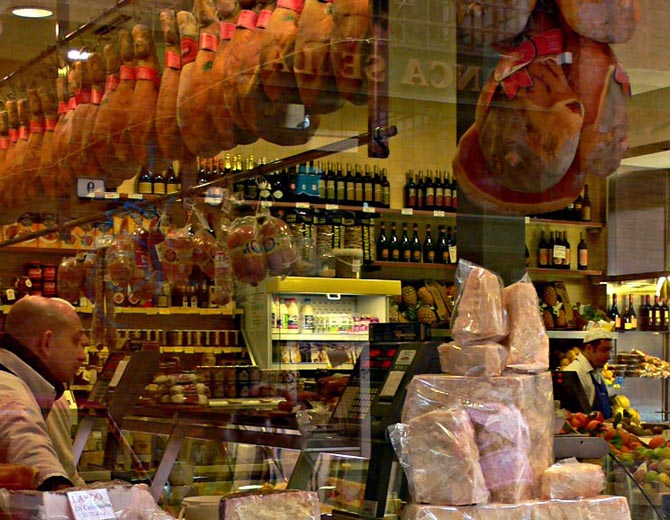
My research before the trip had uncovered Bologna's oldest restaurant, in operation since the 1600s, in a quiet back-street, Via Poeti, not the sort of place you'd be likely to find by wandering around:
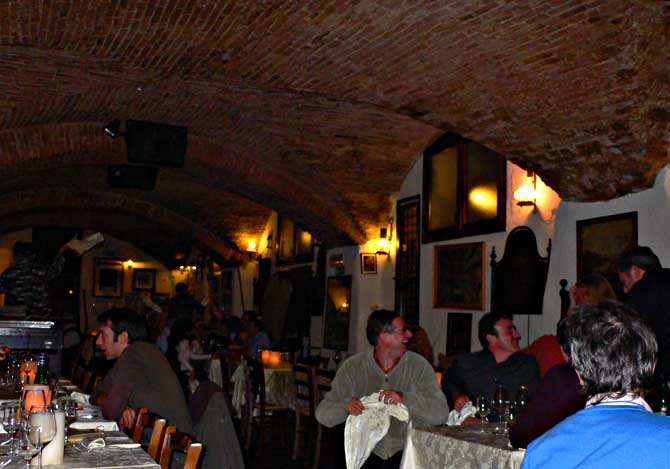
Similarly I'd found a recommendation of this bar, with a very discreet entrance, one might easily have passed by. This is the kind of church I like:
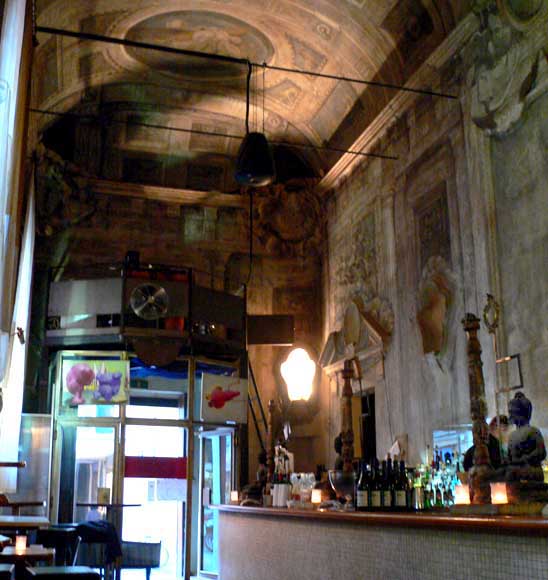
M. asked if we could have some crisps, but a plate of excellent free stuff was on its way:
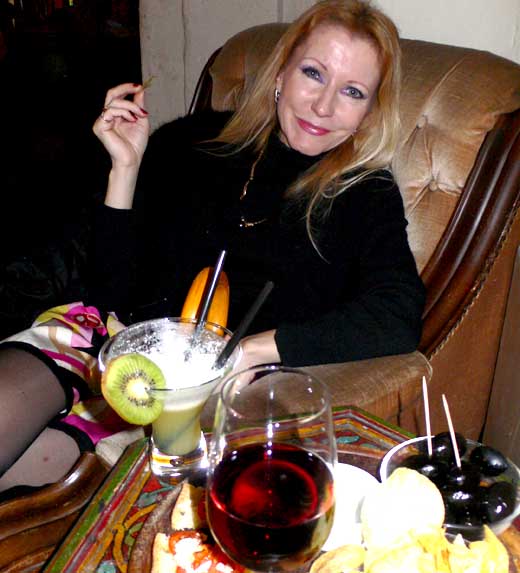
PORTICI - "forums for the exchange of ideas"
Eco, a professor of semiotics at the University of Bologna, has worked here for thirty years. It seem entirely fitting that his own voracious academic and literary activity should be rooted in a city that takes such an obvious pleasure in all that the mind and body can absorb. In the twelfth and thirteenth centuries, Bologna had few rivals as a centre of learning: it was a keystone of the Medieval scholarly revival that provides the backdrop to Eco's monastic whodunnit The Name of the Rose. Even today, he says, Bologna is "the only Italian city with a campus of this size that is part of the fabric of the city centre". Student life spills out into the street, "and it's given more force and cohesion by the portici - the arcades - with their bars and osterie, which act as forums for the exchange of ideas and information, even at three in the morning".'
Bologna
These arcades are a wonderful feature of Bologna, providing shade from the heat and shelter from the rain. There are about 25 miles of them:
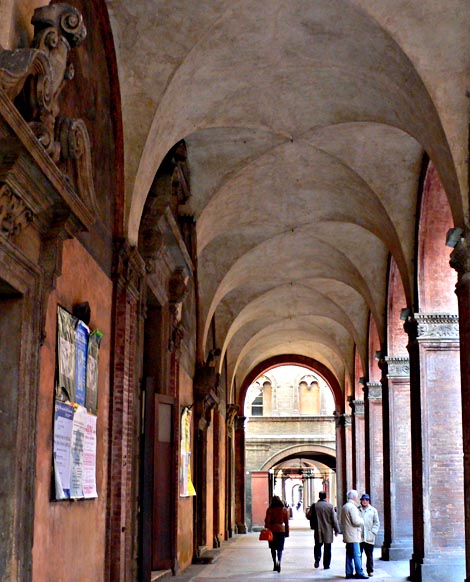
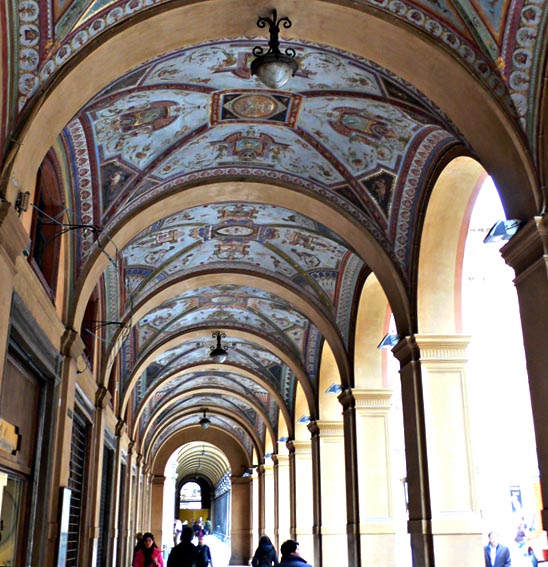
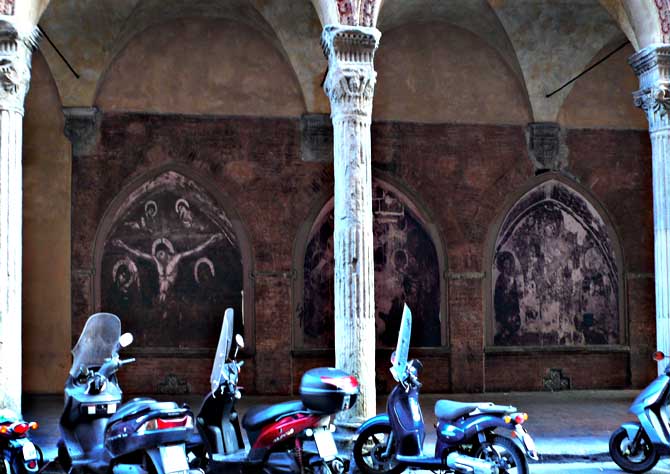
There are almost 50 museums in "la dotta":

Greek room in the Municipal Museum.
Greece and the Renaissance:
Chrysoloras arrived [in Florence] in the winter of 1397, an event remembered by one his most famous pupils, the humanist scholar Leonardo Bruni, as a great new opportunity: there were many teachers of law, but no one had studied Greek in Italy for 700 years... Chrysoloras remained only a few years in Florence, from 1397 to 1400, teaching Greek, starting with the rudiments. He moved on to teach in Bologna and later in Venice and Rome. Though he taught widely, a handful of his chosen students remained a close-knit group, among the first humanists of the Renaissance.
http://en.wikipedia.org/wiki/Manuel_Chrysoloras
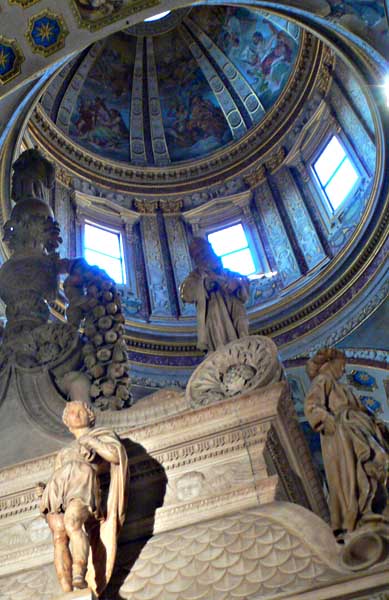
"San Procolo (Michelangelo, 1494 – the resemblance and the posture of this statue shows that he had already his 'David' in mind at that time)."
http://en.wikipedia.org/wiki/Arca_di_San_Domenico
The Medici, now guided by the haughty and insufferable Piero de' Medici, abused their power and finally were exiled from the city in 1494 [see my diary on Florence http://www.eurotrib.com/story/2008/1/24/20310/9033 ].
Michelangelo followed the family to nearby Bologna, where he remained for approximately a year. He lived in the household of the Bolognese nobleman, Gianfrancesco Aldovrandi, a position he could not have secured without his previous Medici connections. Appreciative of his Tuscan accent, Aldovrandi had Michelangelo read Dante and Petrarch out loud - a good indication of the young man's education. In turn the Bolognese gentleman secured a small commission for Michelangelo to carve some of the statuettes that were missing from the tomb of St. Dominic in the church of San Domenico in Bologna.
http://www.hlla.com/reference/mb-bio.html
Rimini and Fellini
We went to Rimini on the east coast for a few days, fortunately just as the weather improved, though the beaches were not exactly packed this early in the year. Fellini grew up there:
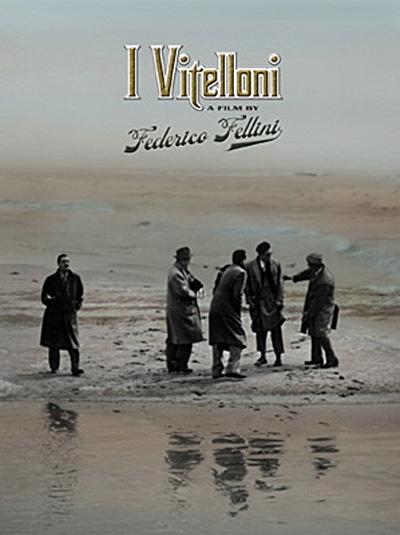
His film, I Vitelloni (1953), is about four friends from a seaside city - only one getting away to Rome, as Fellini had done.
By this own account, director Federico Fellini loved growing up in the Italian seaport of Rimini, but as an adult the closest he wanted to get to his hometown was a re-creation on the Cinecitta studio lot in Rome. The town that he embraced in film but rejected in real life is the setting for Amarcord ("I remember")...
Reel.com
I had taken some trouble choosing the hotel, and we were very pleased with the room, on the top floor, facing the sea with a balcony and the hotel seemed to be quiet.
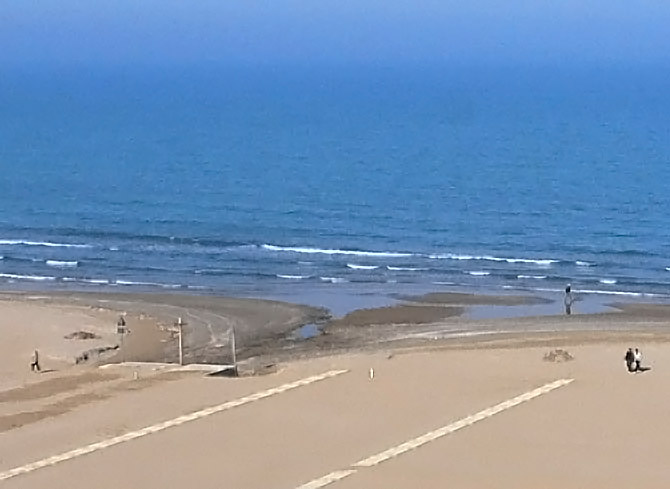
View from our hotel room.
It was too good to last - in the evening we got hell at St. Trianians; a coach-load of Italian schoolgirls had arrived and many of them were on our floor - running into each other's rooms and screeching with excitement. Fortunately they were leaving the next day, when we got a free dinner for the disturbance.
Most of the seaside cafes were not yet open, but the receptionist at the hotel told us that the nearest one open was 140, a few minutes along the beach. It was excellent and warm enough to eat on the terrace, which we had to ourselves:
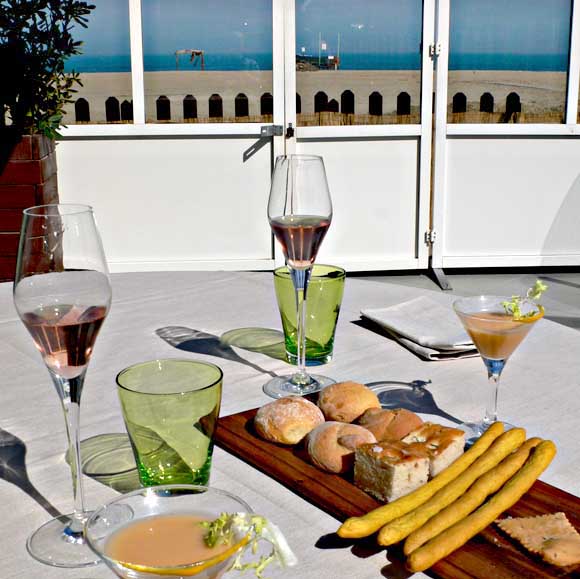
We visited Ferrara, birthplace of Savonorala, who had briefly controlled Florence with the power of his sermons:
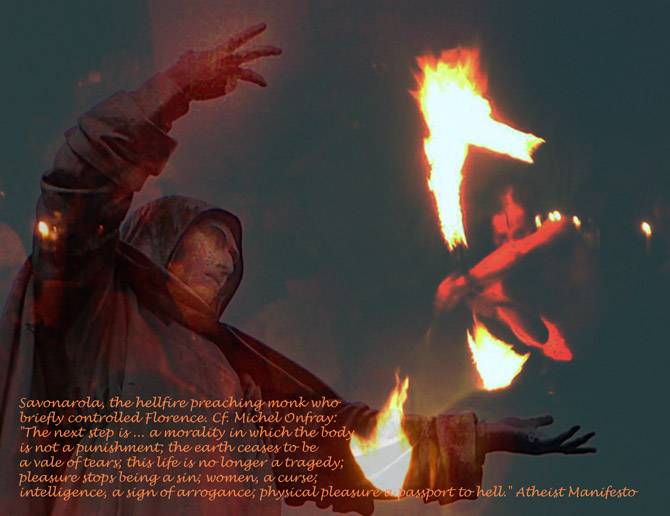
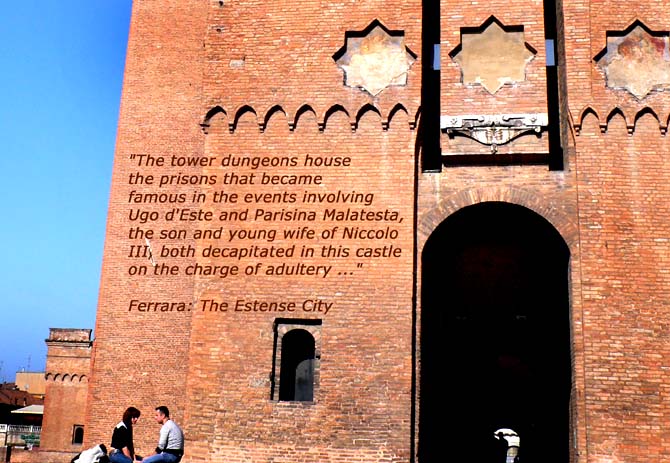
Now the old centre is filled with fashionable boutiques:
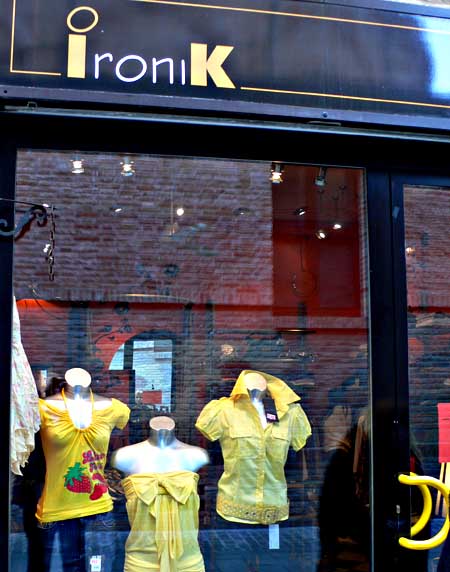
Eco pioneered the academic study of popular culture in the 1960s before it fell into vogue, at a time when "many academics read detective stories and comic strips at night but didn't talk about it because it was considered like masturbation".
...
A selection of Eco's occasional pieces has just been published as Turning Back The Clock; but the book could just as easily have been titled On Stupidity, as it charts the decline of public life in the age of media populism.
... Turning Back The Clock traces the disintegration of Italian democracy under the centre-right government of Silvio Berlusconi, who exploited his monopoly on media holdings to maintain popular support. The new government of Romano Prodi (Eco's friend and a fellow academic) hasn't made him more sanguine. "In order to win, Prodi was obliged to put together people who couldn't stay together. They are always fighting. This is the tragedy by which Berlusconi will win the next election if things don't change."
Eco
Things haven't changed much, Italy's history is filled with political feuds and wars between rival groups and cities, cf. diary on Florence:
http://www.eurotrib.com/story/2008/1/24/20310/9033
See also de Gondi's diary on Italian elections 2008
http://www.eurotrib.com/?op=displaystory;sid=2008/3/28/153910/485
The beauty remains:
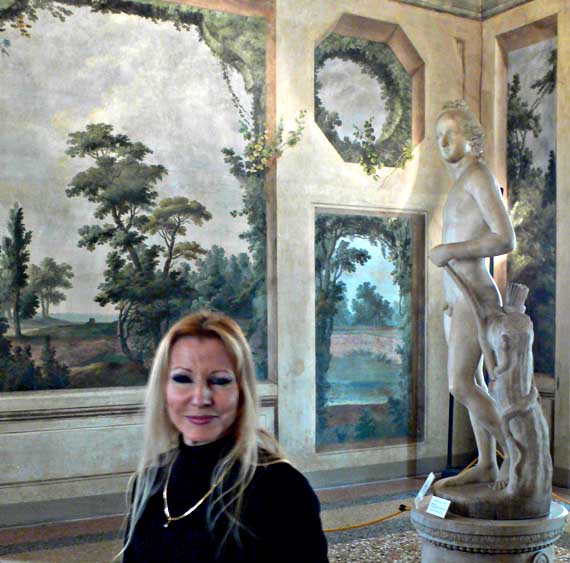
M in a room preserved in the Municipal Museum, Bolgna.
Back in Nice it was Spring:
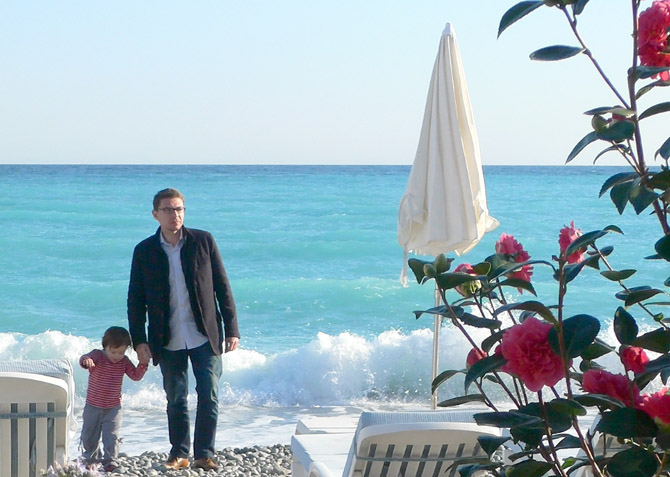
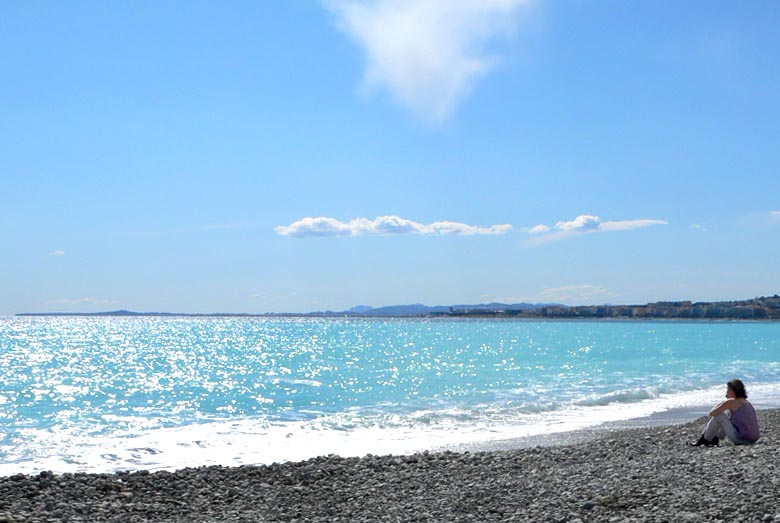
No comments:
Post a Comment